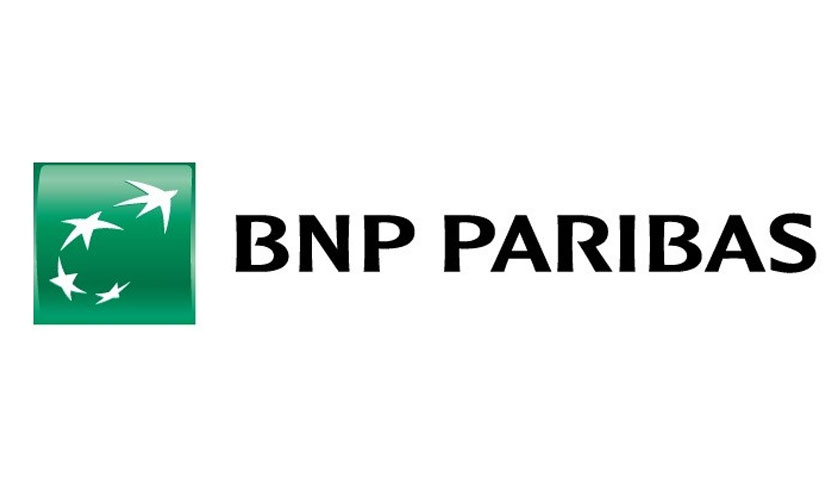In the first report of its kind taking stock of green finance over the last decade, TheCityUK, with the support of BNP Paribas, has charted the growth of global green finance as the market has multiplied over a hundredfold from $5.2bn in 2012 to $540.6bn in 2021.
The report ‘Green finance: a quantitative assessment of market trends’ used data provided by Refinitiv, an LSEG business, and found that although green finance remains a relatively small part of global financial markets, there has been consistent growth with signs of acceleration in recent years. The share of green finance in total finance has steadily increased from around 0.1% in 2012 to above 4% in 2021.
Green finance transactions continue to be dominated by green bonds. Global green bond annual issuance has risen exponentially over the past decade, increasing from $2.3bn in 2012 to $511.5bn in 2021. Cumulative green bond issuance totalled $1.4trn over 2012-21, representing 93.1% of green finance across the decade. From a UK perspective, green bond issuance grew from $1.1bn in 2012 to $37.4bn in 2021; cumulative issuance over the ten years was $65bn. However, global green finance goes beyond just bond issuance. It has expanded into areas across green IPOs, green private Equity and green venture capital. This includes:
- Global green loans in 2017 was a negligible at $432m, rising to $78.6bn in 2021, a nearly 200-fold increase in just four years.
- Global green IPO activity has been volatile in both volume and value terms over the past decade, but saw a surge in activity in 2021. Cumulatively, there were 129 green IPOs globally over 2012-21, with 30 of these in 2021 alone.
- ESG funds have grown steadily over the past decade and have exhibited particularly strong growth since 2020.
- Green private equity and green pure venture capital (a subset within private equity) both saw standout years in 2017 and 2019.
Anjalika Bardalai, Chief Economist and Head of Research, TheCityUK, said,
For many years green finance has been like a hothouse seedling, much prized and nurtured, but not really a match for old hardy perennials of wider financial markets. Although definitional limitations mean that not all green finance activity is currently captured in the data, it is still important to try to benchmark it, and it is clear that even allowing for data limitations, green finance flows are a small fraction of flows in wider financial markets, though they have been surging of late. The UK is well placed to take advantage of this growth, and with the right support from government, regulators, and industry, could be a leader in financing the world’s green transition.”
Anne Marie Verstraeten, UK Country Head, BNP Paribas, said,
The UK has witnessed a surge in climate aligned capital, and London is a global powerhouse when it comes to industry expertise, innovation, and policy making. The government’s 2050 net zero target has created a constructive environment for business to commit to transition, and the recent mandatory reporting of TCFD and transition plans will be further fuel for finance to support companies, investors and stakeholders across the economy in financing the net zero transition. As a bank committed to net zero, BNP Paribas’ collaboration with TheCityUK on this report aims to progress the narrative on sustainable finance and evolve the debate on the tools, materiality and robustness of finance to create a greener tomorrow.”
When comparing green financial markets globally, it becomes clear that total market size plays a significant role in total green finance activity. For example, China and the US host the world’s largest green bond markets, representing 13.6% and 11.6% respectively of total global green bond issuance over 2012-21, although green bonds remain a very small proportion of total bond markets of these countries.
The significance of sovereign green bond issues on the overall market is clearly visible, as is the outsize impact of individual market transactions within smaller economies. For example, the French sovereign issues of 2017 and 2021, the German sovereign issue of 2021, and the UK green gilt issues of 2021 have clearly helped drive overall market trends.
Other highlights detailed in the report include:
- A strong positive relationship between public and private green bond issuance.
- The largest UK green bonds issued over the past decade were the green gilt issuances in autumn 2021. These accounted for one-third of the UK’s total green bond issuance over 2012-21
- On a cumulative basis over 2017-21, Europe, Asia and Australasia accounted for 53.4% and 28.3% respectively of green lending globally. North America accounted for 9.2% of global green lending.
- The majority of green private equity investment has flowed into the US, China and Canada, with these three countries accounting for almost 80% of total green private equity investment over 2012-21. The US alone accounted for 40% of the global total.
- Green pure venture capital investment comprised the lion’s share of green private equity (64.6%). The receipt of green pure venture capital investment showed even more geographical concentration than private equity investment overall, with the US and China accounting for nearly the entirety of global green venture capital investment.
